Anti-ship missile systems. Part Three Under water
Previous articles in a series of materials on domestic anti-ship cruise missiles were devoted to coastal and air-based complexes. Read below about the missile systems with which submarines are armed.
Project 651
In 1955, work began on the creation of a new submarine Ave 651. Initially, the development of a submarine for this project was to be based on 645 Ave. However, in this case, it was possible to place four containers with the P-5 missiles, but there was no reserve for accommodating the equipment that was required for the P-6 missiles. There were also other reasons for which it was necessary to abandon the original intention. Strict requirements for unification with previous projects canceled.
Depth of four torpedo tubes of normal caliber less than 100 m. More important was the defensive armament, which consisted of 4 torpedo tubes of 400 mm caliber, having a large ammunition and used at a depth of 200 m. The containers in which the P-6 missiles were placed were high superstructure hull. If you look at the left, the cuts behind the containers are clearly visible, intended for the expiration of rocket engine jets.
The XRUMX missile avenue is the largest diesel-electric submarine in domestic shipbuilding. They tried to bring such a large ship to the level of a nuclear-powered ship, but the practical results did not always correspond to the plan. Installation of diesel engines 651Д1 on 43 hp and electric motors PG-4000 with power 141 hp allowed to reach the speed of 6000 nodes with surface course and 16 node with underwater. Here are just a new diesel engines, not quite worked out even in bench conditions, often refused.
History with the power plant was even more interesting. In order to further increase the range of the underwater course, the designers replaced the lead-acid batteries with silver-zinc. The problem that arose was not due to the fact that a tenth of the batteries of the first boat failed, the main problem was the shortage of silver. It is the deficit, not its cost. Therefore, the boat with silver-zinc batteries was built only three. The use of atomic energy was also considered, but these developments were not particularly successful.
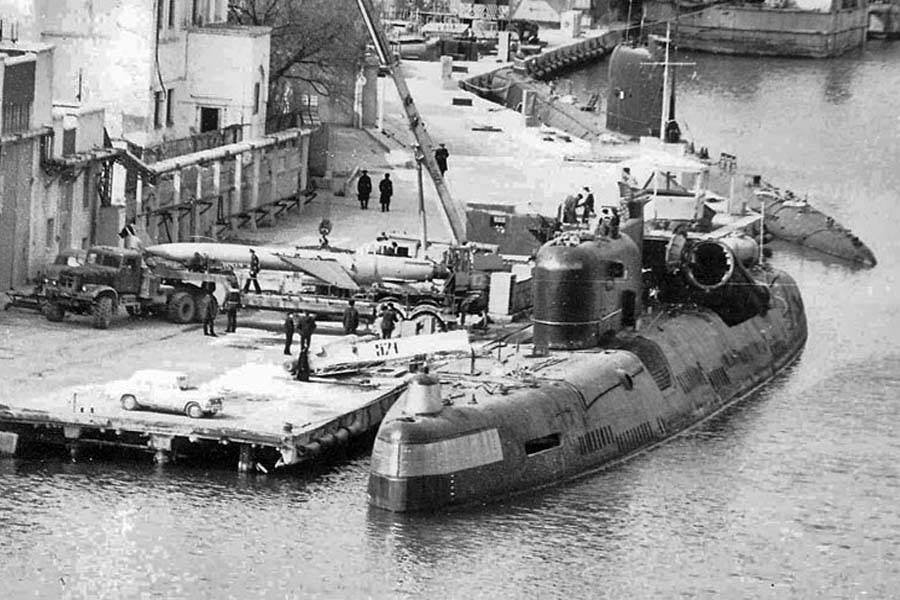
The construction of the headboat was started in 1960, the first launch of the 31 took place on July 1962. In the Baltic in the same year passed sea trials. Rocket weapon experienced only in the spring of next year. It turned out that the jet of fuel combustion products from the rocket engine drowns out the rocket engine behind. The experiments showed that the launch of the missiles in a checkerboard pattern, that is, 1-4-2-3, will be optimal, the minimum intervals between launches should be 6, 26 and 5 seconds, respectively. The main firing took place during state tests, when the boat became part of the North fleet. All three P-6 missiles launched on November 21, 1963, reached their goal. Firing P-5 missiles yielded a strange result: "the missile reached the battlefield, but it was not possible to determine the coordinates of the fall."
In the middle of 1960's, 651 Ave was named “Killer Whale”, while in the Navy these submarines were called “irons”.
Most of the "irons" served in the North, two boats - in the Pacific. Ten years after the withdrawal of ships from the fleet, one of them turned out to be a museum piece in the American city of St. Petersburg, and the other in the German Peenemünde.
Project 675
Three years after the start of work on the 651 avenue, a decree was issued to create the 675 avenue with the highest possible level of unification with 659 ave. It was supposed to reduce development time due to the rejection of project documentation. The basis of the technical project was not a tactical and technical task, but an addition to seafarers' requirements for 659 Ave. Time has shown that it was not possible to develop a boat faster due to this. Examination of the draft design revealed that to accommodate the Argument control system for the P-6 while maintaining the North system racks required for the P-5, an increase in case diameter is required by 1,2 m. Then it was revealed that increasing the case length by 2,8 m would help place no longer 6 containers with missiles, and 8. An innovation was the addition of a hydroacoustic complex "Kerch". Reassembled compartments, halved the number of 400-mm torpedo tubes, respectively, and their ammunition. A weapon of normal caliber left unchanged. Submarine project 675 developed speed to 22,8 nodes, which is quite acceptable for the missile.
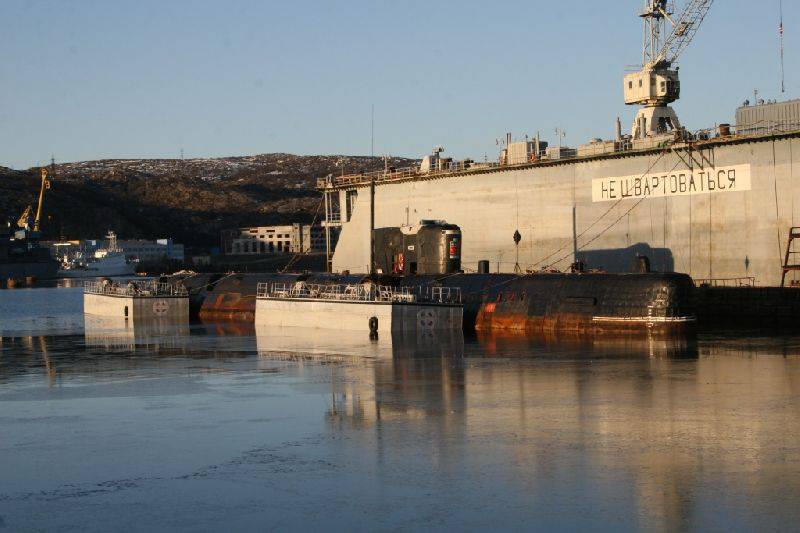
Initially, the P-6 missile system was designed for 4 missiles from the 659 Ave. In 675, the number of missiles increased to 8, but the possibility of a volley from more than four missiles did not appear. As a result, the second four missiles could be fired in only half an hour, and not in 12-18 minutes, when the second volley was already unlikely due to the deadly threat to the submarine, which was so long on the surface.
There was a problem with the simultaneous deployment of the P-5 and P-6 missiles. In two of the eight containers, the P-5 missiles could not be placed at all, there were other difficulties, with the result that the P-5 missiles were generally removed from service.
The headboat was laid in May 1961 of the year, the launch of the 6 of September 1962 took place. The first tests in June of the 1963 were unsuccessful: only one of the five missiles hit the target. They also showed that, thanks to a high superstructure, it was possible to launch rockets at a speed of eight to ten knots with sea waves up to 5 points. Boat finalized. As a result of the following tests, which took place on October 30, two missiles hit the target, the third one flew over the target and self-destructed through 26 km. The very next day the submarine was put into service.
The 675 “Shark” project was the only type of domestic nuclear powered ships in the middle of the 1960's. The name did not stick. It was later applied to the 941 pr. Boat pr. 675 actively carried combat service as a means of dealing with enemy aircraft carriers. As a part of the fleet, they served until 1989-95, a long and intensive service was often accompanied by accidents.
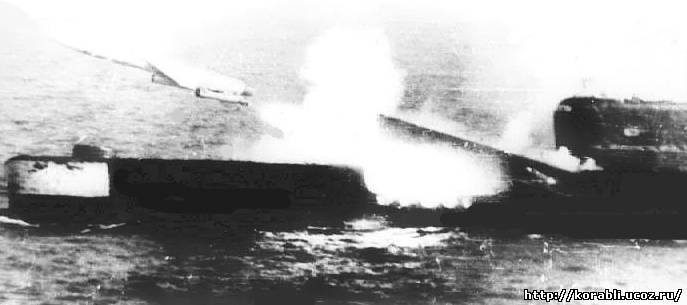
Even before the laying of the first submarine of the 675 Ave, modernization of the missile carriers was underway. It was planned to create a boat of the 675М Ave., armed with X-NUMX-10 P-12 missiles, with two reactors, 6-days autonomy, capable of accelerating to 60-28 nodes and diving to a depth of 30 m. nodes and immersion depths on 400 m failed to justify increasing the capacity of the power plant and increasing its displacement by one and a half times. The flaws of the 100 pr. Remained. When launching the P-675 missiles, the boat had to be in the surface position of the 6 minute, the volley was limited to the P-24 or 4 missiles with the strategic P-6 missiles.
P-70 "Amethyst"
Any submarine that appears on the surface is easily detected by the enemy radar and becomes prey aviation and enemy ships. In addition, from the ascent to the launch of the rocket takes at least 6-15 minutes, which the enemy uses to intercept the rocket. Therefore, submariners have long dreamed of launching rockets from under the water.
In 1959, a resolution was issued to develop a submarine-launched cruise missile. World analogues at that time simply did not exist. In the same year, a sketch project was completed. During the period August-September of the 1960 of the year, the missile missile tests took place. At the first stage, 10 launches were made from the submersible Amethyst stand in Balaclava. 24 June 1961 of the year was carried out launch of the weight and weight layout, which had only one starting unit from the standard equipment. The test results were good - the layout adhered to the calculated trajectory under water and normally came to the surface.
In 1963-1964, the C-229 submarine was re-equipped according to the 613AD project into the carrier of Amethyst missiles. In the second half of 1964, 6 was made single launches from its board, there were three direct missiles hit the target. In March, 1965 - September 1966 was tested in the Black Sea, and the 13 launches were mostly successful.
The submarine Ave 661, created to fight the enemy aircraft carriers, became the carrier rocket for the Amethyst. With a long underwater course, the boat reached a speed of up to 37-38 nodes, that is, there were more nodes on 5-7 than its intended production. Along the sides of the nose of the hull was placed in containers 10 missiles "Amethyst". The main drawback of the missile carrier was the fact that to launch all the missiles it was required to produce two volleys with an interval of three minutes, which significantly reduced the effect of the missile attack.
The next submarine became submarines pr. 670. The first such boat entered service in 1967 year. Eight pieces of container launchers were placed outside the hull in front of the boat. Two missiles "Amethyst" were equipped with nuclear ammunition, the other six - conventional. The shooting was carried out in two volleys of four missiles at a boat speed of up to 5,5 nodes at a depth of 30 m. The excitement of the sea must be within 5 points.
The launch was made from a container that was pre-filled with seawater. After exiting the container, the rocket was folding its wings, the starting engines and submersible engines were activated. At the exit to the surface, the starting engines of the air trajectory worked, then the main engine. The flight continued at a subsonic speed at an altitude of 50-60 m, which greatly hampered the interception of the enemy's air defense missiles. The short range of shooting (40-60 km or 80 km) made it possible to carry out target designation by means of a submarine. The Amethyst missiles were equipped with the Thor, an onboard airborne control system that implements the principle of “fired and forgotten”.
Tests of Amethyst missiles from a submarine, 670 Ave., took place in October-November 1967 in the Northern Fleet. 2 single launch, 2 double and one launch of four missiles at once were made. The results can be judged at least by the fact that in 1968, the Amethyst missile system received the secret index P-70 and was adopted for service.
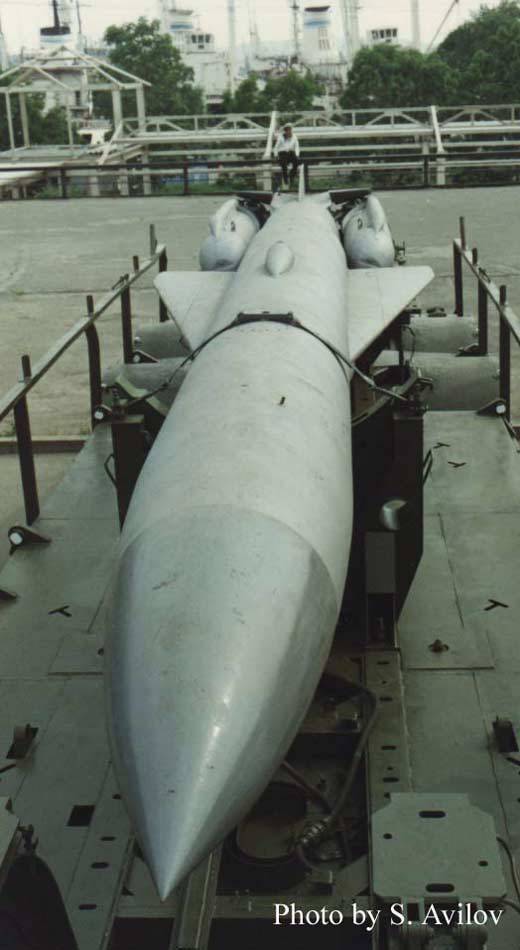
The main disadvantages of this type of missile are a small firing range, low noise immunity and selectivity of the onboard control system. In addition, the rocket was not universal, the launch could only be carried out from a submarine and from under the water.
One of the submarines armed with the Amethyst missiles, from the beginning of the 1988 of the year and on the 1991, was part of the Indian Navy, having spent about a year in autonomous voyages, all firing ended with direct hits on the target. India offered to extend leasing or buy out a similar boat, however, under pressure from the United States, the Russian leadership refused to continue cooperation in this direction.
P-120 Malachite
In the 1963 years, a decree was issued on the development of a unified RCC for use from submarines and surface ships, in particular in order to replace the P-70 on submarines of 670 Ave. The draft design of the Malachite rocket was completed in February 1964, the first samples were made four years later. In the 1972, the P-120 was adopted for the Ovod Aerial Small Rocket Ships of the 1234 Ave., and in the 1973 for the equipment of the Chaika submarines of the 670 Ave., which was started at the end of the 1960s.
The P-120 rocket had a folding wing and outwardly strongly resembled its predecessor, the P-70. The warhead of the missile was high-explosive (840 kg) or nuclear (200 CT). The flight speed of the rocket corresponded to M = 1, and the range reached 150 km. An innovation was the use of a universal launching unit, which made it possible to start both from a submerged submarine and from a surface ship. The onboard control system of the APLI-5 was very different from the one that was installed on the П-70.
Submarines of the 670 Ave. M were equipped with 8 CM-156 launchers, which, in combination with the Rubicon hydroacoustic complex (detection range over 150 km), made it possible to use the Malachite complex to the maximum range without external target designation. KSU "Danube-670M" simultaneously tested all eight missiles and prepared them for launch, while the preparation time decreased by 1,3 times as compared with the Amethyst complex. Missiles were launched at a depth of 50 m from a container filled with seawater. In total, there were six such boats; they served 25 years - their fixed lifespan. And they were safely withdrawn from the Navy.
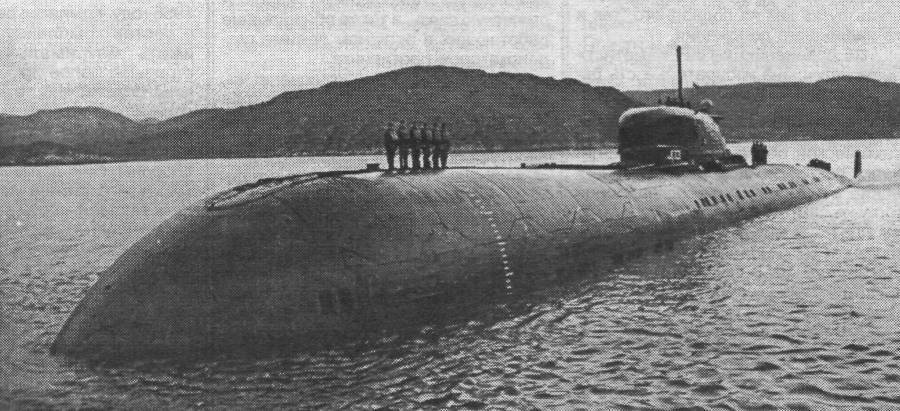
The end of 1975 - the middle of the year 1980 - the period of the P-120 modernization. During this time, significant progress has been achieved. The operation of the onboard control system has become more reliable, as for the homing head, its sensitivity, immunity from interference and selectivity have been increased. The development of commands in the Danube-1234 ship control system and the entry of data into the rocket launcher were accelerated. Yes, and the design of three-container launchers and boot device has changed for the better.
P-700 "Granite"
Work on a new PPH based on the P-700 “Granit” rocket, having the possibility of an underwater launch, was completed in the 1981 year. Two years later, the anti-ship missiles made use of the submarines of the 949 Ave., the nuclear cruiser of the 11442 Ave.
The P-700 has a main turbojet engine, develops a supersonic flight speed of up to 4M, the range reaches 500 km. Autonomous throughout the flight, the rocket has a multivariate attack program and an increased level of noise immunity; therefore, it is used to defeat groups of surface targets.
The on-board control system is able to easily understand the jamming environment, discard false targets and highlight true ones.
Shooting can be fired from all missiles either in quick fire mode. In the second case, a missile gunner rises over several low-trajecting missiles. There is an exchange of information about the targets, their distribution, classification by importance, as well as attack tactics and a plan for its implementation. If the gunner is shot down, another rocket takes his place. The on-board computer, among other things, has data on counteracting modern means of electronic warfare, as well as methods of evading enemy air defense systems from fire. To bring down such a rocket is almost impossible. Even if it gets an anti-missile, thanks to its speed and mass, Granit will reach the target.
The P-700 is in service with the 12 atomic submarine cruisers of the Antey type 949A, with the 24 RCC on each. The 20 missiles in the CM-233 underdeck launchers have 4 heavy atomic cruisers of the 1144 Ave. TAVKR "Admiral of the Fleet of the Soviet Union Kuznetsov" (pr. 1143.5) is equipped with 12 RCC.
Club-S
The first launch of the Club-S missile systems developed and created in Yekaterinburg took place in March of the 2000 of the year from the nuclear submarine in the Northern Fleet, and in June from the diesel submarine. Shooting results are considered successful.
The missile system is based on the Alpha rockets, which began to be developed as early as 1983, and were first shown to the public in 1993. In the same 1993 rockets were adopted. This missile system consists of combat means (of different designation of missiles, a universal control system and launchers), as well as a complex of ground equipment that solves the problems of technical support.
The “Club-S” complex uses several types of missiles. The first is the underwater-based PKM ZM-54E, which is designed to defeat various classes of surface ships, individually or in groups, provided that they are actively counteracted. The homing missile has a range of 60 km, operates at sea state up to 5-6 points and is well protected from interference. The components of the rocket are the starting accelerator, the low-flying subsonic cruise stage and the supersonic detachable penetrating warhead. The two-stage subsonic anti-ship missile ZM-54E1 is used for the same purpose, it has a shorter length, twice the weight of the warhead and 1,4 times longer range.
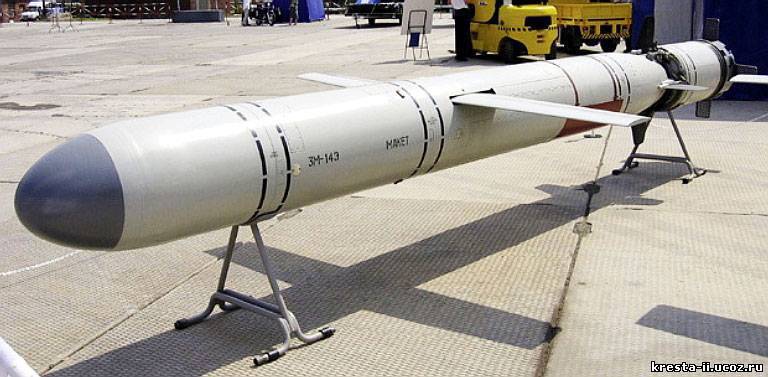
The 91РЭ1 ballistic guided missile is used against enemy submarines. The warhead of the missile can be both the high-speed anti-submarine torpedo MPT-1UME and the APR-3ME submarine rocket with a sonar homing system. Rocket launch is possible at carrier speeds up to 15 nodes.
The purpose of the underwater-based ZM-14E two-stage cruise missile is to destroy ground targets, the appearance, dimensions and propulsion system are similar to those of the ZM-54E1 RCC, some similarities are also observed with the PK-55 Granat. The demolition is already high-explosive, and not penetrating, undermining is carried out in the air to cause the greatest damage to the object. The rocket is equipped with an active seeker, whose performance indicators are superior to foreign analogues. The launch weight is equal to 2000 kg, the weight of the warhead is 450 kg. At a flight speed of up to 240 m / s, the rocket hits targets at a distance of 300 km.
There are practically no climatic and physiographic restrictions for the use of the Club-S missile system. The unified ship part of the missiles makes it easy to change the composition of the ammunition in connection with a specific task. There are no world analogues of Club-S, therefore the presence of this rocket system can even turn a weak fleet into a serious enemy.
The last, fourth article in the series devoted to anti-ship cruise missiles will be about ship complexes.
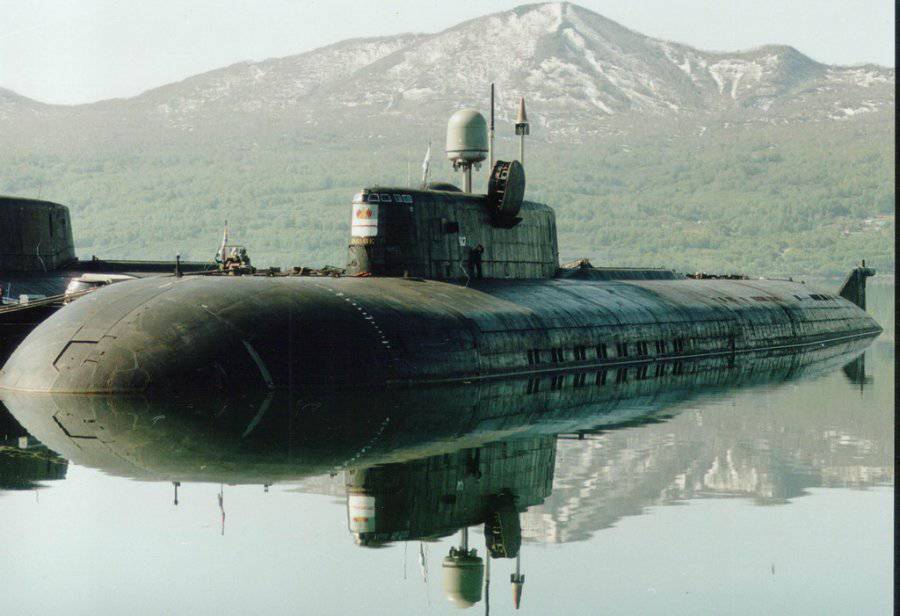
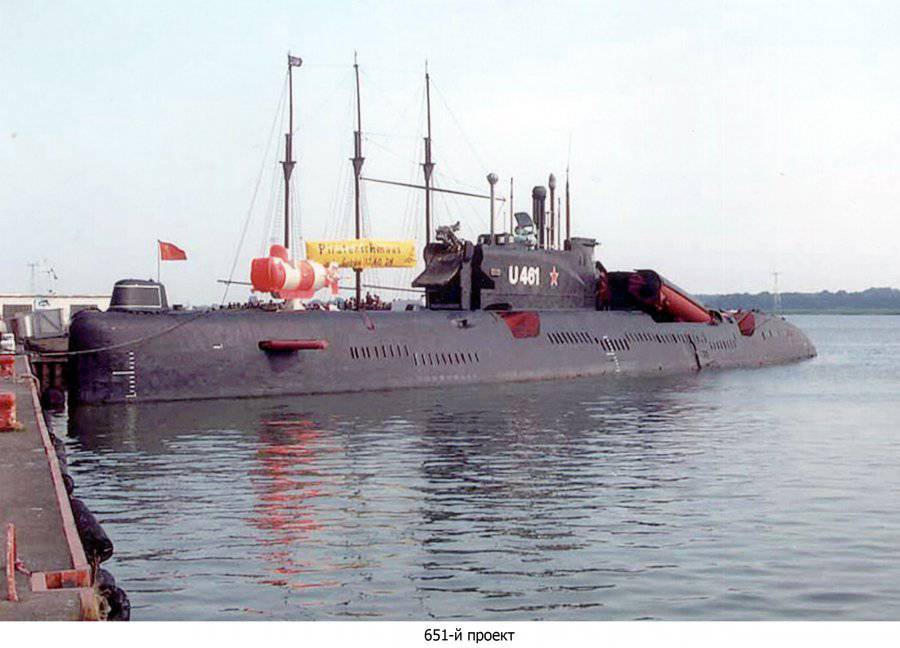
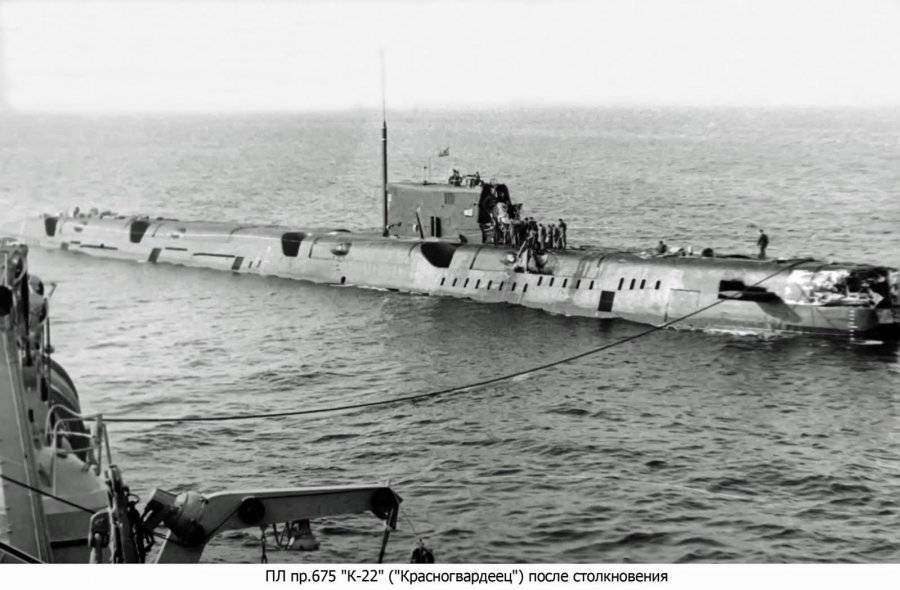
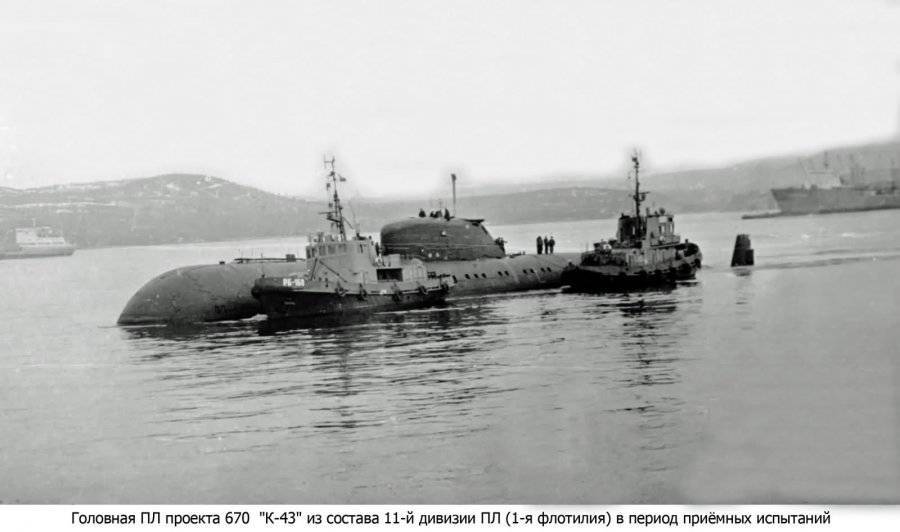
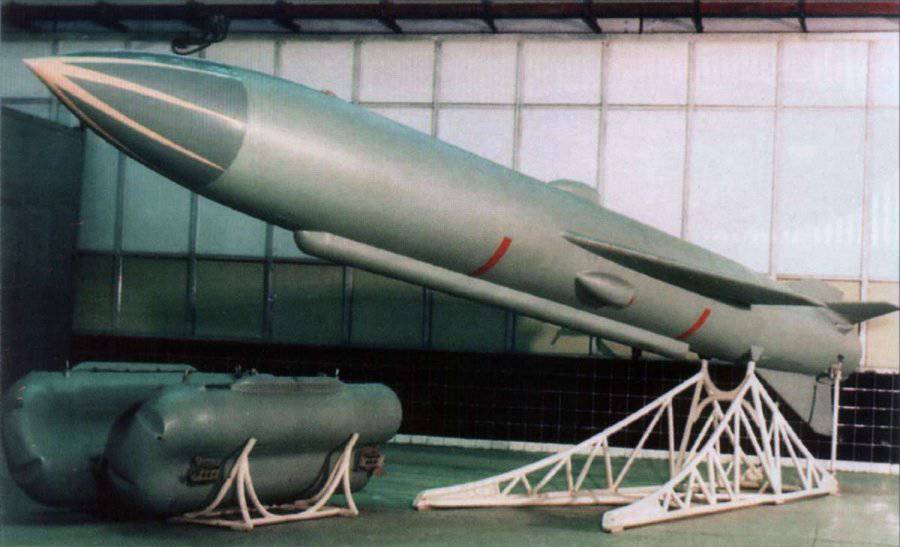
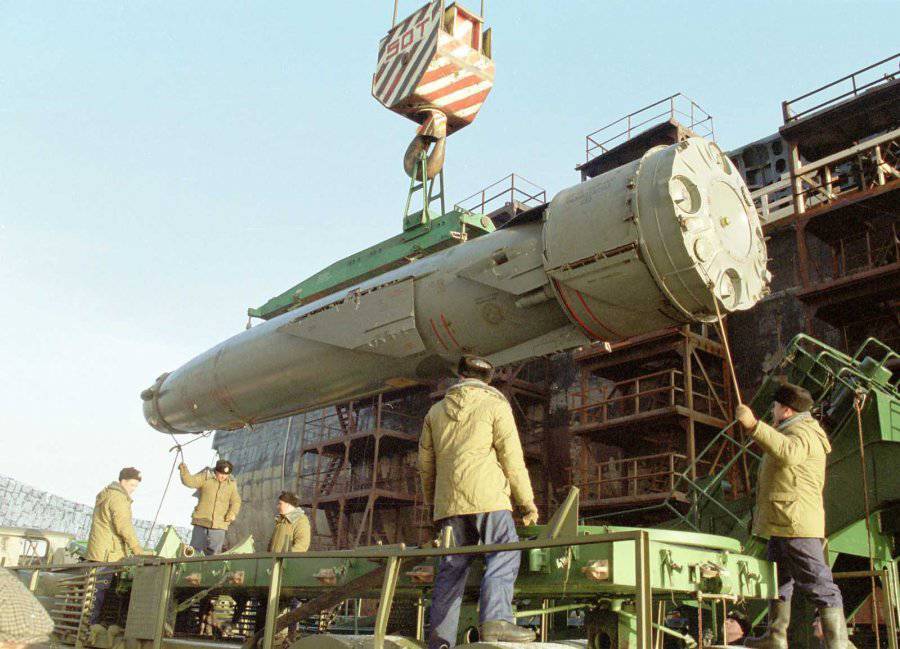
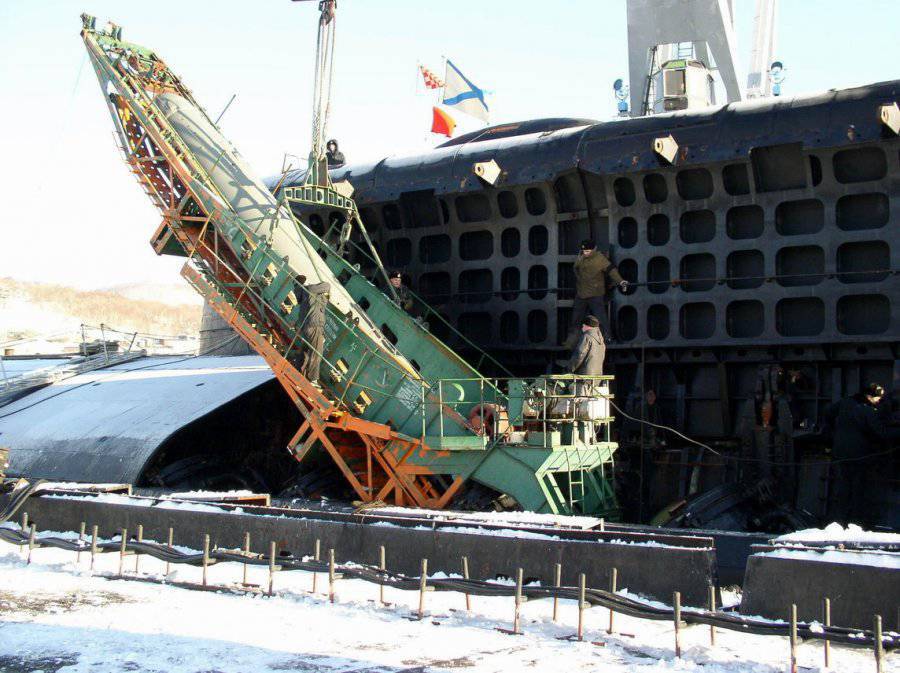
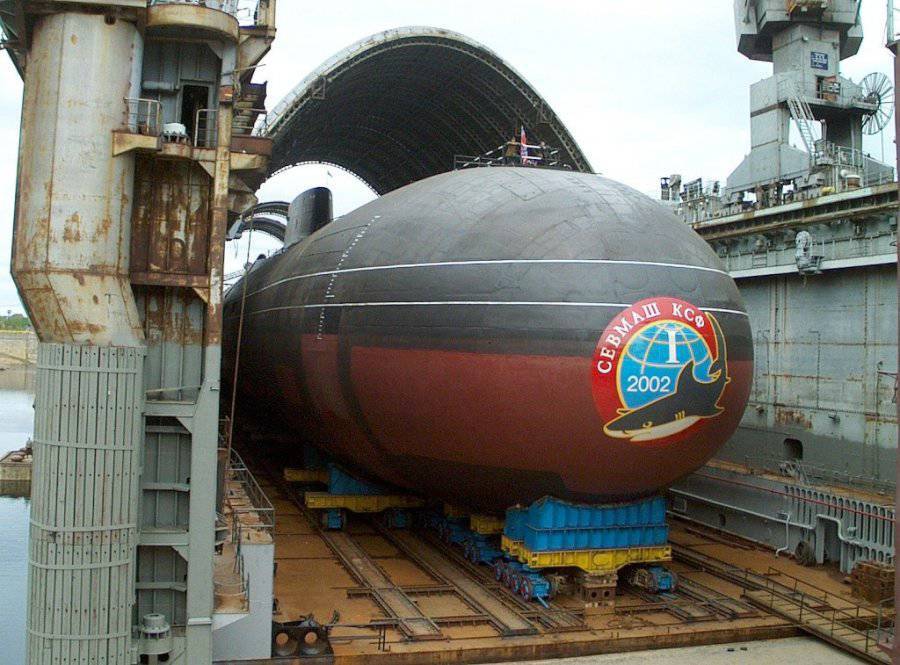
Information